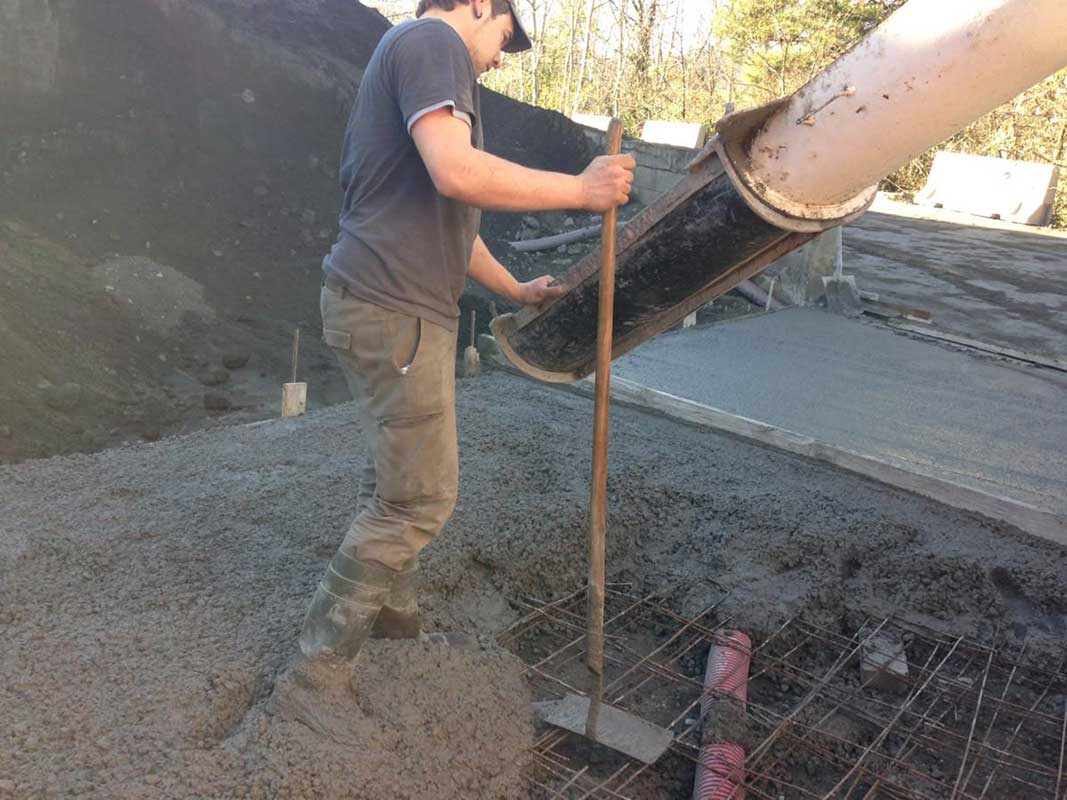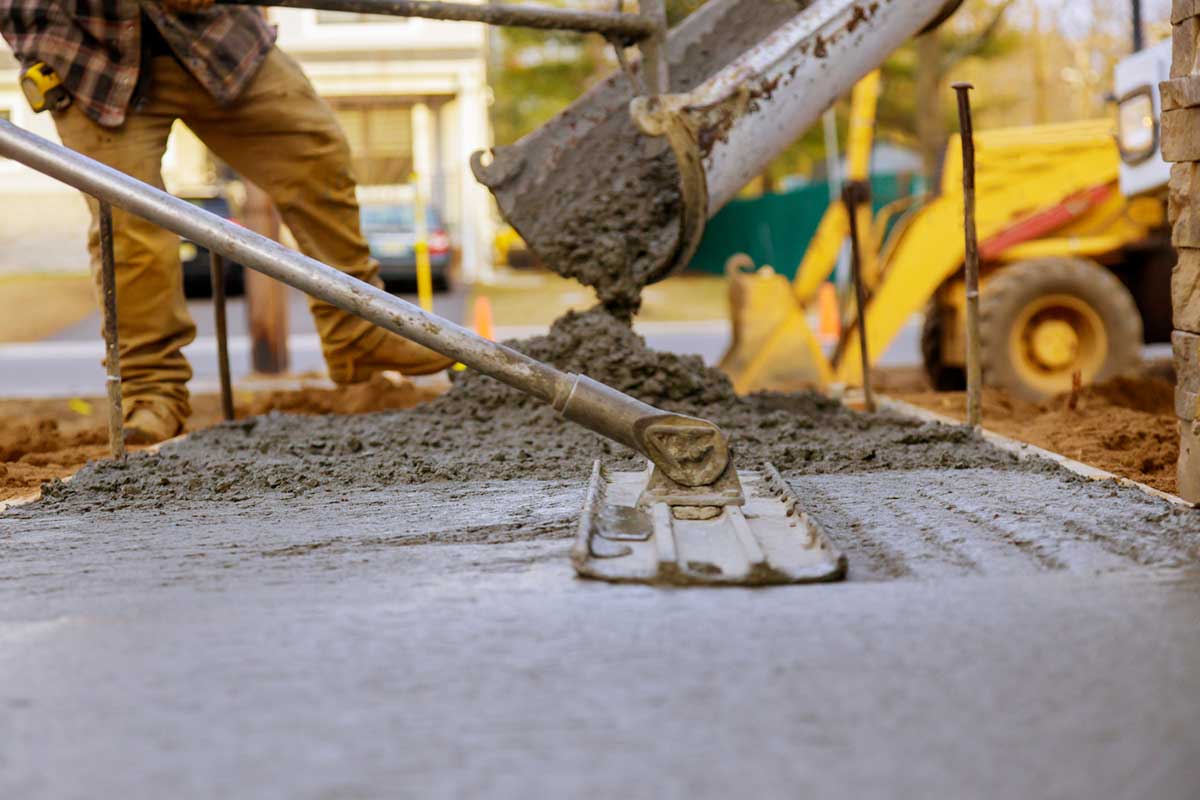2CV HASAI
PRECAST CONCRETE PRODUCTS MADE FROM STEEL AGGREGATES
Basque steel mills generate between 25,000 and 86,000 tonnes of slag per year from the manufacture of stainless steel and the generation of special steels, respectively. The recycling of black slag from stainless steel production is technically more problematic than that of special steel because of its high expansivity due to a higher presence of free magnesia in the slag. This also complicates its use in bonded applications which, a priori, would be the best destination from an environmental point of view. Special steel slags, whose recycling potential was partially analysed in previous projects, require further testing to ensure the viability of long-term performance.
HORMOR, a company specialising in precast concrete, has led 2CV HASAI, with the collaboration of the steel and stainless steel manufacturers, SIDENOR and OLARRA, and the TECNALIA Technology Centre.

DRIVING FACTOR


 OBJECTIVES
OBJECTIVES
- Incorporate black slag from the manufacture of special steels and stainless steels in cement-bonded applications in an environmentally sound and technically safe manner.
- Study the durability of steels obtained under high temperature and relative humidity conditions.
- Produce a series of precast products with the most commercially viable scenarios, demonstrating and laying the foundations for industrial production of at least 2 types of precast products.
 RESULTS
RESULTS
-
The white slag from OLARRA generally has chemical and physical-mechanical properties suitable for use in cement-based mortars: the chloride and sulphate content complies with the defined limit values, and its incorporation in cement pastes hardly modifies the setting times and the mechanical behaviour at late ages in cement pastes is similar to the standard.
- White slag from SIDENOR generally has chemical and physical-mechanical properties that are not suitable for use in cement-based mortars: its incorporation in cement pastes slightly delays the start and end of setting of the cement, it does not comply with the limits defined for chloride content, and its content of free lime and free magnesium in contact with water can give rise to slight expansivities.
- Both slags show slight pozzolanic activity, but the high percentage of some components inhibits their pozzolanic properties at 90 days
-
Masonry mortars made with simultaneous incorporation of white slag and moulding sand achieve mechanical strengths suitable for this type of product.
- 50-84% improvement in all assessed environmental impacts. The reduction in emissions is due to the less energy-intensive use of energy resources in waste treatment compared to quarrying for limestone sand.
- Economic savings of around 36% in the production costs of the new masonry mortars made with the simultaneous incorporation of white slag and moulding sand.
 CONCLUSIONS
CONCLUSIONS
- 2CVHASAI has proven the technical feasibility of the use of OLARRA's chemical moulding sand and white slag in the manufacture of masonry mortars, minimising their environmental impact in terms of the consumption of raw materials of natural origin.
- White slag must be recovered before use. For this purpose, they must be subjected to deferrisation, removal of metal traces with a magnet and screening below 2 mm.
- A durability study of cement-based products incorporating moulding sands and white slag needs to be carried out in order to guarantee their long-term performance.
ENVIRONMENTAL
TECHNICAL
ECONOMIC
COMMERCIAL
ON THE MARKET






